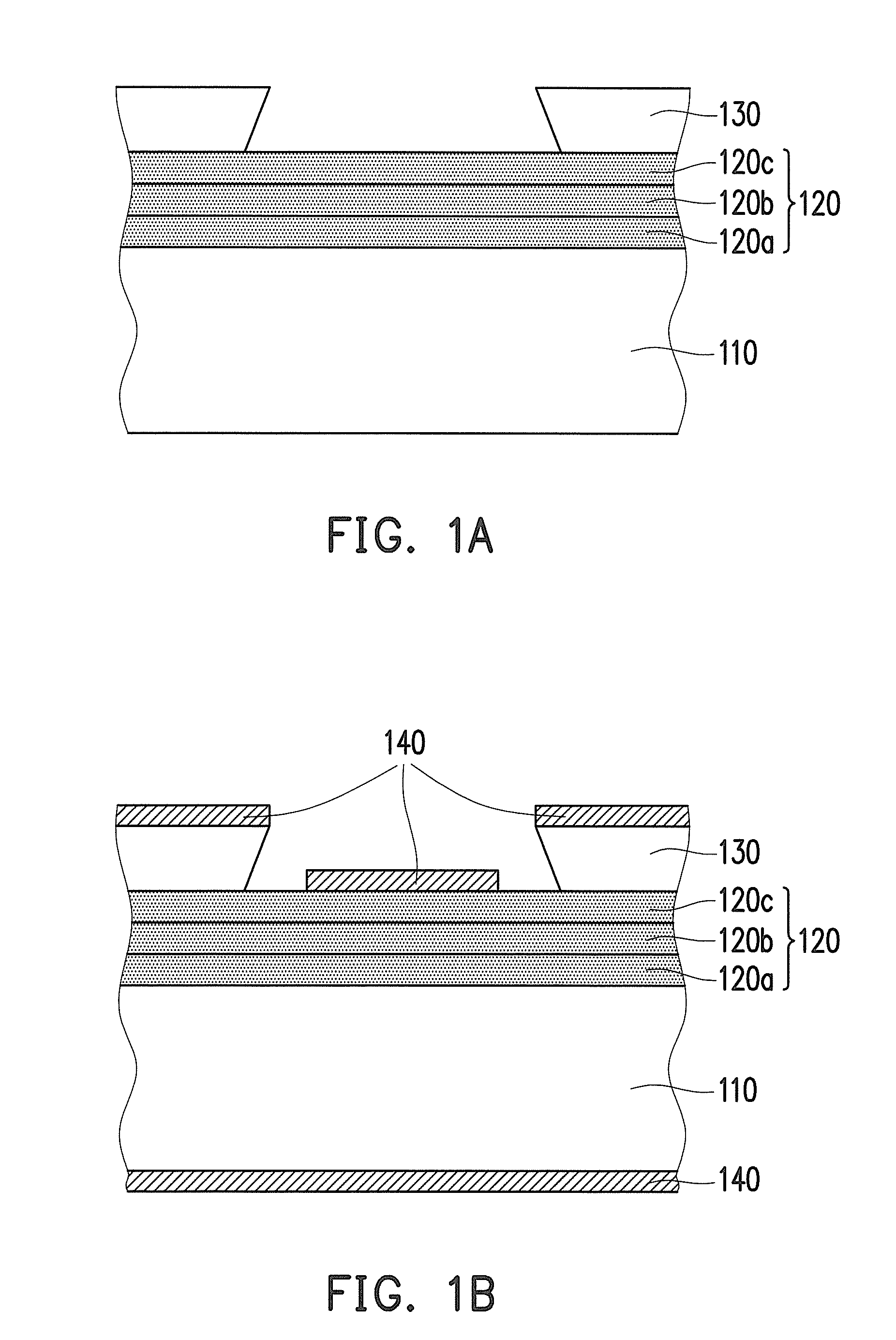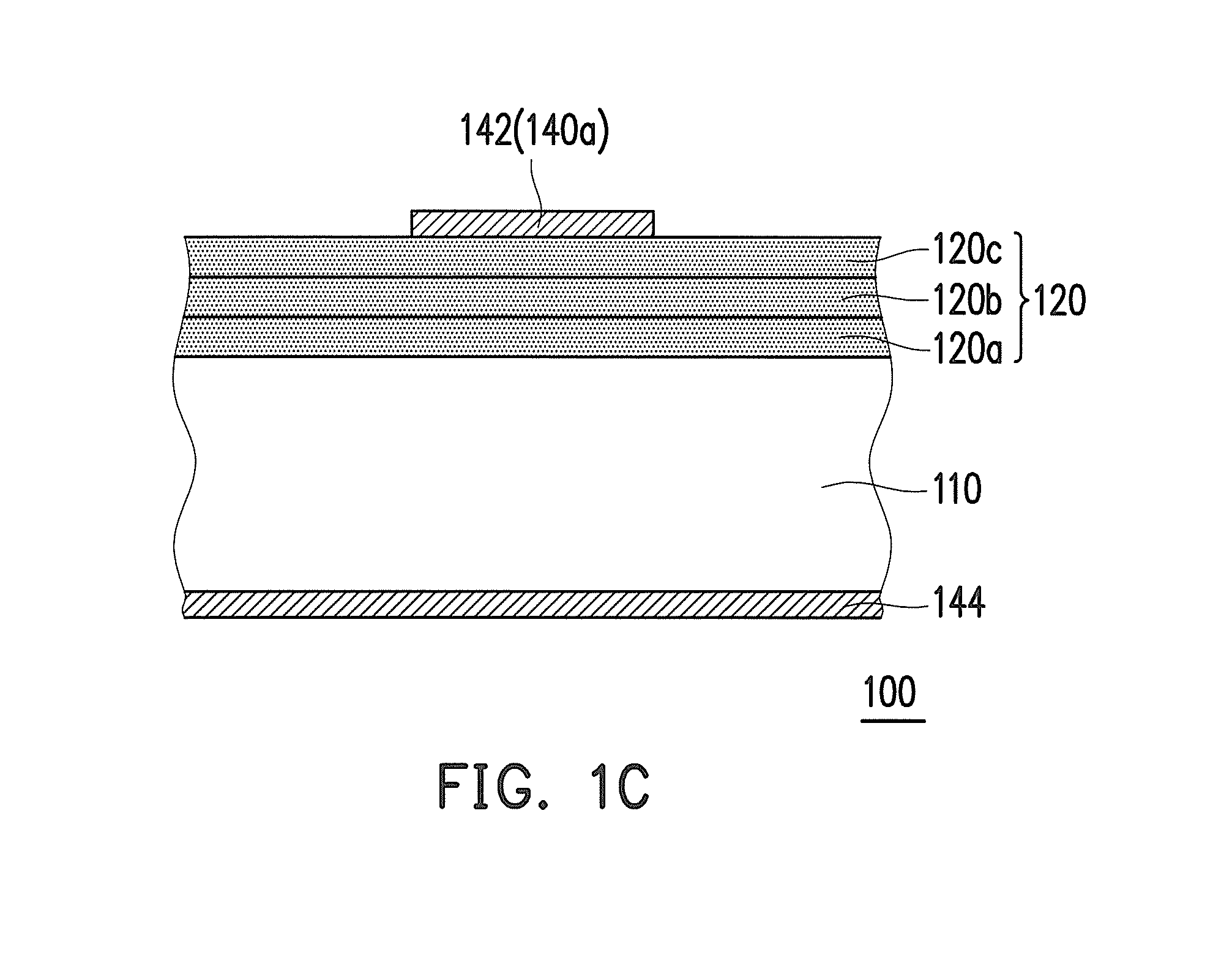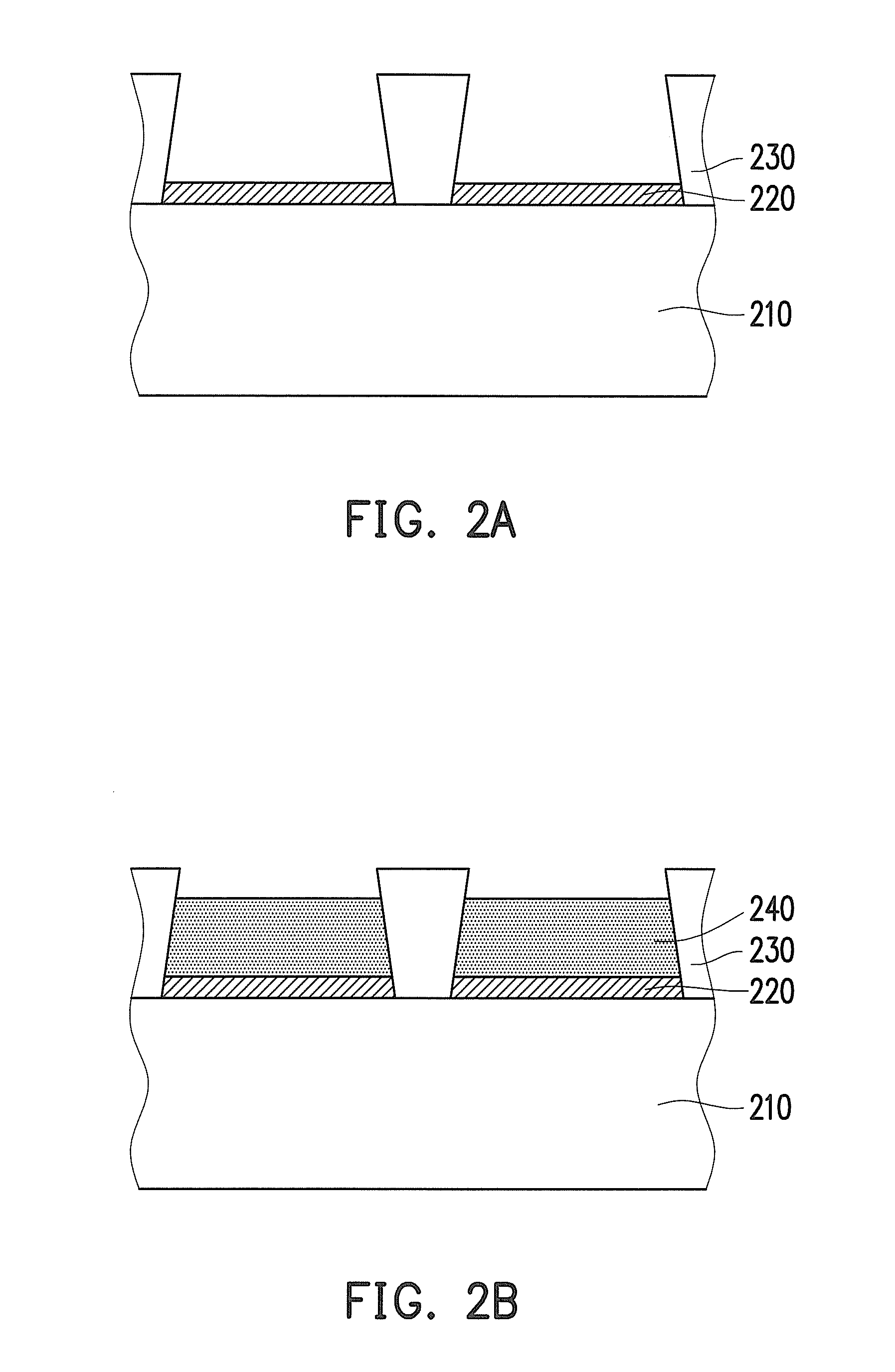Negative photosensitive resin composition and application thereof
a technology of resin composition and negative photosensitive, applied in the field of negative photosensitive resin composition, can solve the problems of photoresist pattern, poor heat resistance and high water absorption, organic light emitting devices, etc., and achieve good stripping property with a substrate and good tolerance to the evaporation process
- Summary
- Abstract
- Description
- Claims
- Application Information
AI Technical Summary
Benefits of technology
Problems solved by technology
Method used
Image
Examples
synthesis example a-1
[0155]Synthesis Examples A-1-1 to A-1-12 of an acrylate resin are described as follows:
synthesis example a-1-1
[0156]A 500 ml four-necked flask was provided with a nitrogen inlet, a stirrer, a heater, a condenser tube and a thermometer, and nitrogen was introduced into the four-necked flask. Next, according to the reagents and amounts used specified in Table 2 (also see Table 1 for names and abbreviations of the reagents), 50 parts by weight of diethylene glycol dimethyl ether (DIGLYME) and 250 parts by weight of propylene glycol monomethyl ether acetate (PGMEA) were added as a solvent. Then, the solvent was stirred while heated to 85° C. Next, 40 parts by weight of methacrylic acid (MAA) and 60 parts by weight of dicyclopentanyl methacrylate (FA-513M) were added into the four-necked flask. The resulting solution was stirred with its temperature maintained at 85° C. Next, 2.0 parts by weight of 2,2′-azobis(2-methylbutyronitrile) (AMBN) were dissolved in 120 parts by weight of diethylene glycol dimethyl ether as a solvent in advance, and then were divided into five equal parts, one of which w...
synthesis examples a-1-2
TO A-1-12
[0157]Synthesis methods same as that in Synthesis Example A-1-1 were used except that in Synthesis Examples A-1-2 to A-1-12, reactants and amounts used, reaction temperatures and polymerization times were changed. Table 1 shows the reactants and amounts used, reaction temperatures and polymerization times in Synthesis Examples A-1-2 to A-1-12.
TABLE 1CompoundNameMAAmethacrylic acidHOMS2-methacryloyl oxyethyl succinateMAmaleic anhydrideFA-513Mdicyclopentanyl methacrylateDCPAdicyclopentenyl acrylateDPOEMAdicyclopentanyloxyethyl methacrylateIBOMAisobornyl methacrylateDEBHA1-ethyl-7,7-dimethyl bicyclo[2.2.1]heptane-2-yl(meth)acrylateDPBHMA7,7-dimethyl-1-propyl bicyclo[2.2.1]heptane-2-yl(meth)acrylateHEMA2-hydroxy ethyl methacrylate3-HPMA3-hydroxy propyl methacrylate3-hydroxy ethyl methacrylateN-MAN-methylol acrylamideBzMAbenzyl methacrylateBD1-3-butadieneSMstyrene monomerDIGLYMEdiethylene glycol dimethyl etherPGMEApropylene glycol monomethyl ether acetateAMBN2,2′-azobis(2-methyl...
PUM
| Property | Measurement | Unit |
|---|---|---|
| temperature | aaaaa | aaaaa |
| thickness | aaaaa | aaaaa |
| temperature | aaaaa | aaaaa |
Abstract
Description
Claims
Application Information
 Login to View More
Login to View More - R&D
- Intellectual Property
- Life Sciences
- Materials
- Tech Scout
- Unparalleled Data Quality
- Higher Quality Content
- 60% Fewer Hallucinations
Browse by: Latest US Patents, China's latest patents, Technical Efficacy Thesaurus, Application Domain, Technology Topic, Popular Technical Reports.
© 2025 PatSnap. All rights reserved.Legal|Privacy policy|Modern Slavery Act Transparency Statement|Sitemap|About US| Contact US: help@patsnap.com



